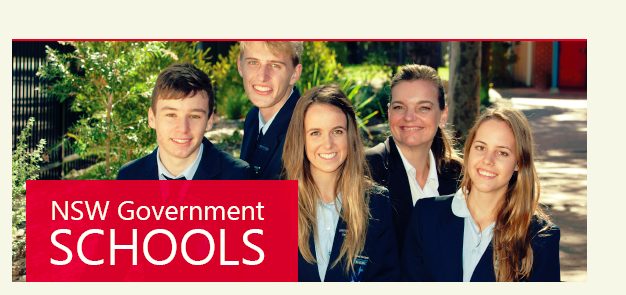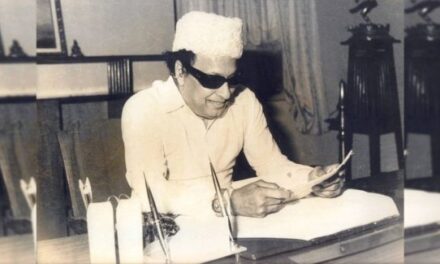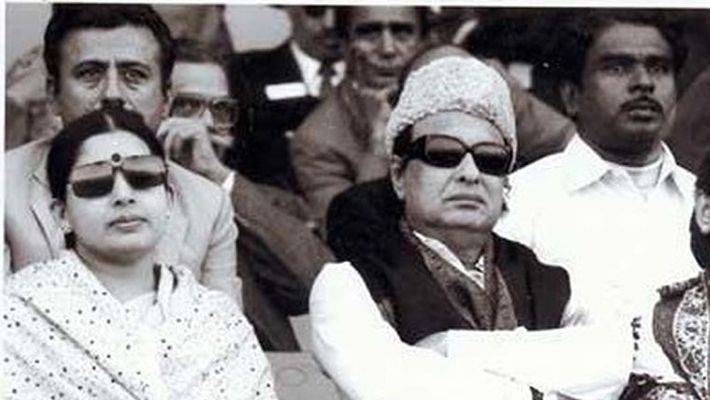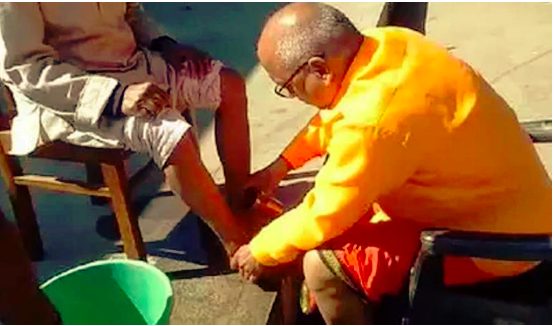In Australia Dravidan race Tamil and Macedonian are among five new languages to be taught in NSW schools from next year.
The NSW public school language curriculum has also been expanded to also offer Punjabi and Persian, taking the number of languages on offer to 69.
Demographer Bernard Salt said the additions reflected modern Australian society, citing figures showing that 39 per cent of Sydney’s population was born in another country.
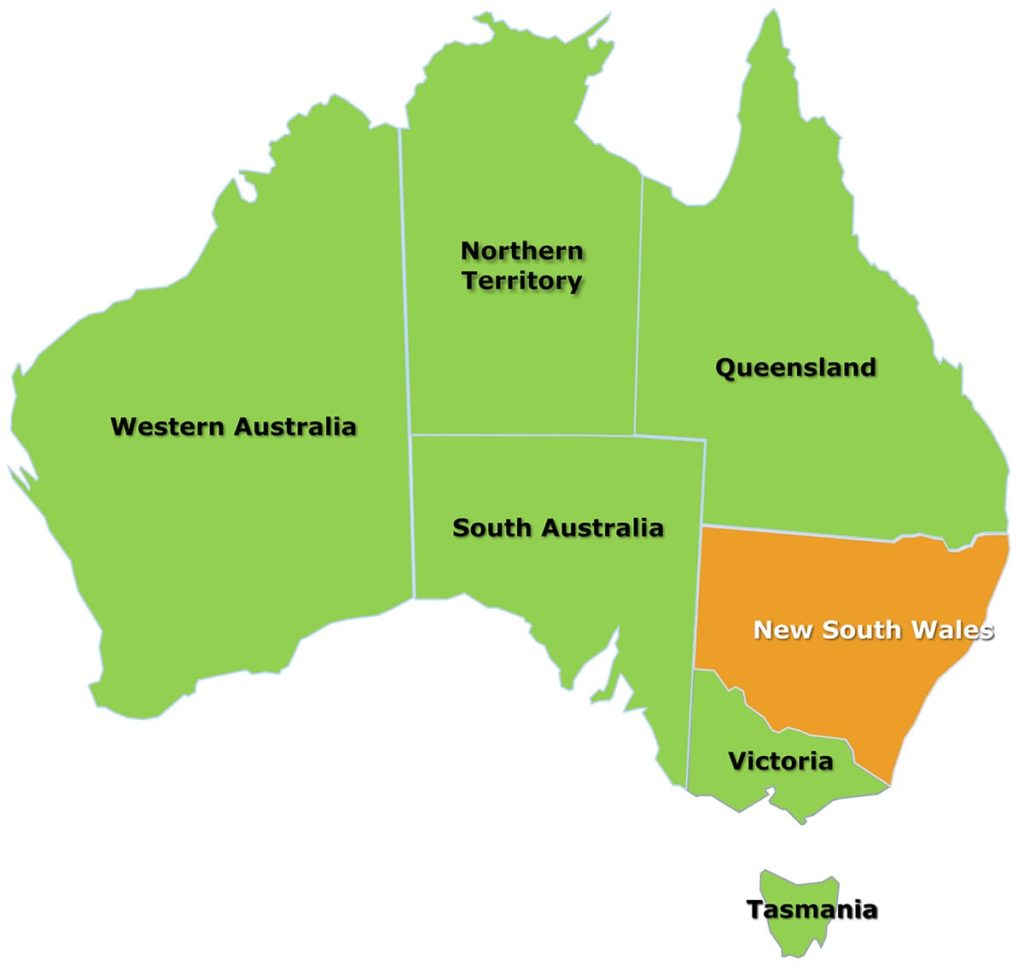
“We need to be world’s best practice at learning languages and this is a great step toward taking Australia to the forefront of being a multi-lingual, cosmopolitan connected community,” Mr Salt said.
He told SBS News that being able to speak another language will be crucial for young people to operate in an increasingly globalised workforce.
“Australia’s future really is bilingual, if not multi-lingual,” he added
Students at Darcy Road Public School in western Sydney already speak English and Hindi.
School principal Trudy Hopkins said research showed that learning to speak their mother tongue first, improves children’s English skills.
“English is the largest language of all, Ms Hopkins said. They plan to add Tamil to the list of subjects on offer next year.
“Our next second biggest language is Tamil and we would like the same thing to exist for those children in our school that speak Tamil.”
Professor Ken Cruickshank at the University of Sydney’s School of Education and Social Work told local news media SBS News learning a language should be made compulsory.
“Victoria has done it and it would be great if we took that final step because to me all kids should have access to languages, you’re not educated without it and we know that learning a language really helps you with all your school subjects,” he said.
In Britain, it is compulsory for students to study a language until the age of 14 and 50 per cent of American students study a language for their final exams.
While Australia’s uptake of languages ranks among the lowest of all OECD countries.
“It’s such a shame because, in actual fact, we’ve got the most number of languages in the community but what happens is the kids go to school with the language and often lose that by the time they get to Year 12.”

